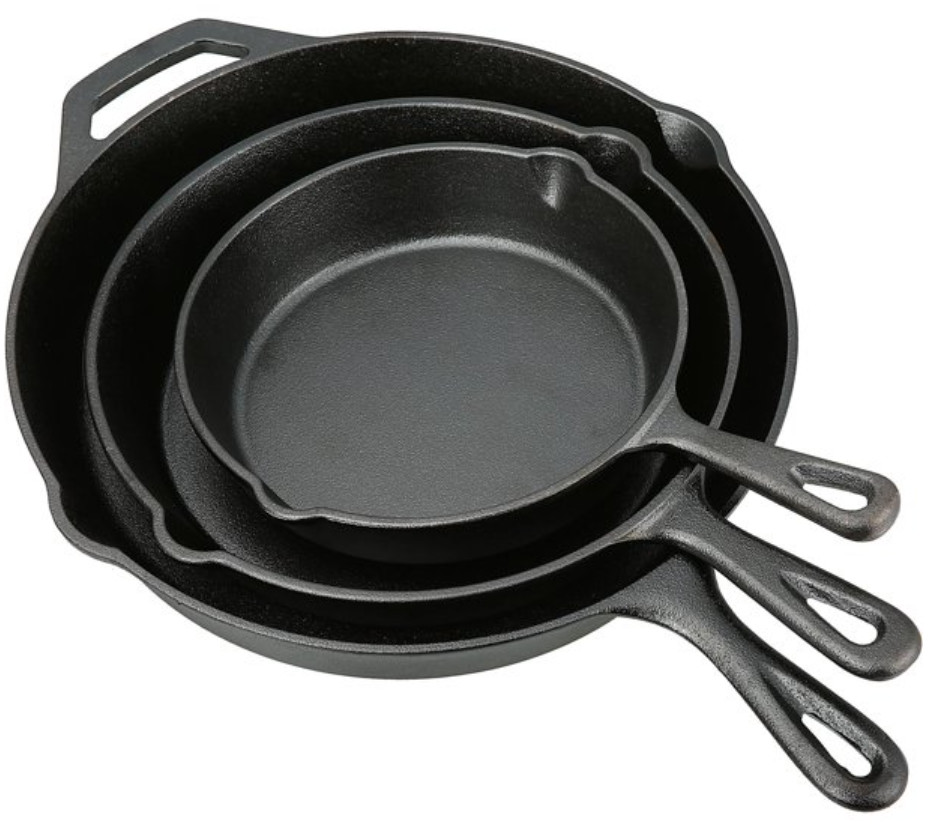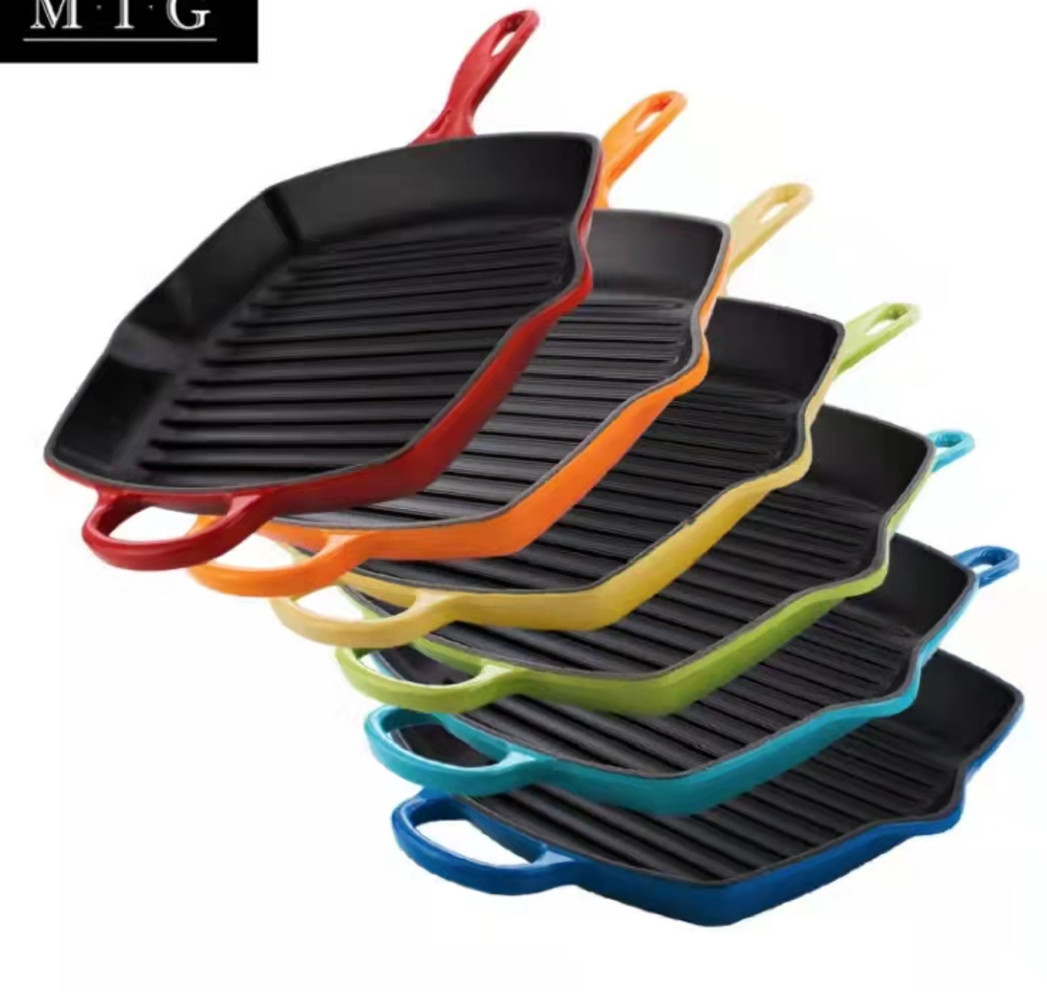- 150 m na juh, West DingWei Road, Nanlou Village, Changan Town, GaoCheng Area, Shijiazhuang, Hebei, Čína
- monica@foundryasia.com
jún . 12, 2023 18:48 Späť na zoznam
ČO JE LIATINOVÝ RIAD
Čo je to liatinový riad:
Liatinový riad je riad na veľké zaťaženie, ktorý je vyrobený z liatiny a je cenený pre svoju tepelnú odolnosť, odolnosť, schopnosť použitia pri veľmi vysokých teplotách a nepriľnavé varenie, ak je správne ochutené.
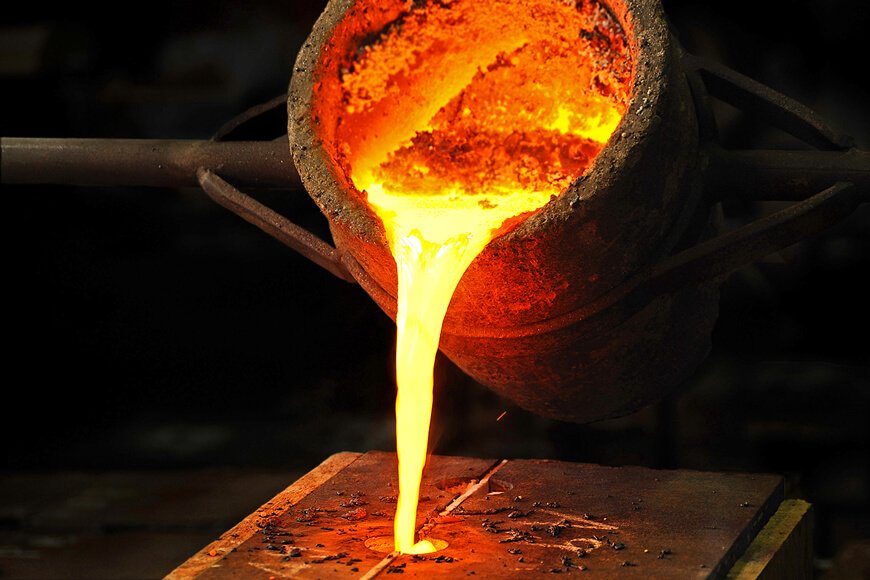
História liatinového riadu
In Asia, particularly China, India, Korea and Japan, there is a long history of cooking with cast iron vessels. The first mention of a cast-iron kettle in English appeared in 679 or 680, though this wasn't the first use of metal vessels for cooking. The term pot came into use in 1180. Both terms referred to a vessel capable of withstanding the direct heat of a fire. Cast-iron cauldrons and cooking pots were valued as kitchen items for their durability and their ability to retain heat evenly, thus improving the quality of cooked meals.
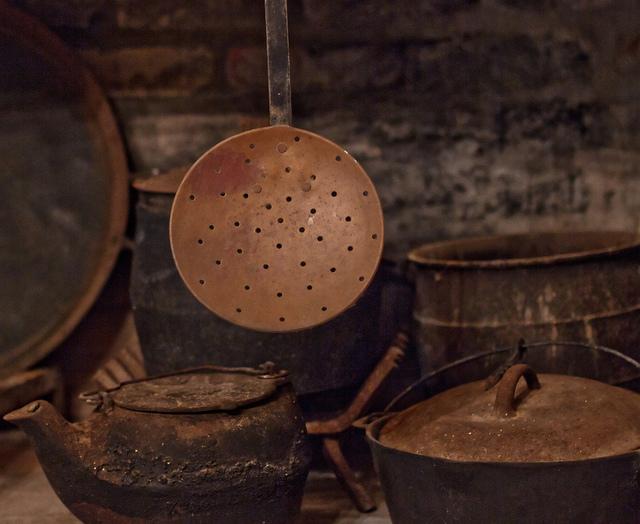
V Európe a Spojených štátoch sa pred zavedením kuchynského sporáka v polovici 19. storočia jedlo varilo v ohnisku a hrnce a panvice boli navrhnuté buď na použitie v ohnisku, alebo na zavesenie do neho.
Cast-iron pots were made with handles to allow them to be hung over a fire, or with legs so that they could stand in the coals. In addition to Dutch ovens with three or four feet, which Abraham Darby I secured a patent in 1708 to produce, a commonly used cast-iron cooking pan called a spider had a handle and three legs allowing it to stand upright over campfires as well as in the coals and ashes of a fireplace.
Hrnce a panvice s rovným dnom bez nôh sa začali používať, keď sa variče stali populárnymi; v tomto období konca 19. storočia došlo k zavedeniu bytu
cast-iron skillet.
Liatinový riad bol obľúbený najmä medzi domácimi majstrami v prvej polovici 20. storočia. Bol to lacný, ale odolný riad. Väčšina amerických domácností mala aspoň jednu liatinovú panvicu.
V 20. storočí bol tiež predstavený a popularizovaný smaltovaný liatinový riad.
Today, of the large selection of cookware that can be purchased from kitchen suppliers, cast iron comprises only a small fraction. However, the durability and reliability of cast iron as a cooking tool has ensured its survival. Cast-iron pots and pans from the 19th and 20th century continue to see daily use to the present day. They are also highly sought after by antique collectors and dealers. Cast iron has also seen a resurgence of its popularity in specialty markets. Through cooking shows, celebrity chefs have brought renewed attention to traditional cooking methods, especially the use of cast iron.
Základné produkty
Typy liatinového riadu zahŕňajú panvice, holandské rúry, mriežky, žehličky na vafle, lis na panini, fritézy, woky, fondue a potjies.
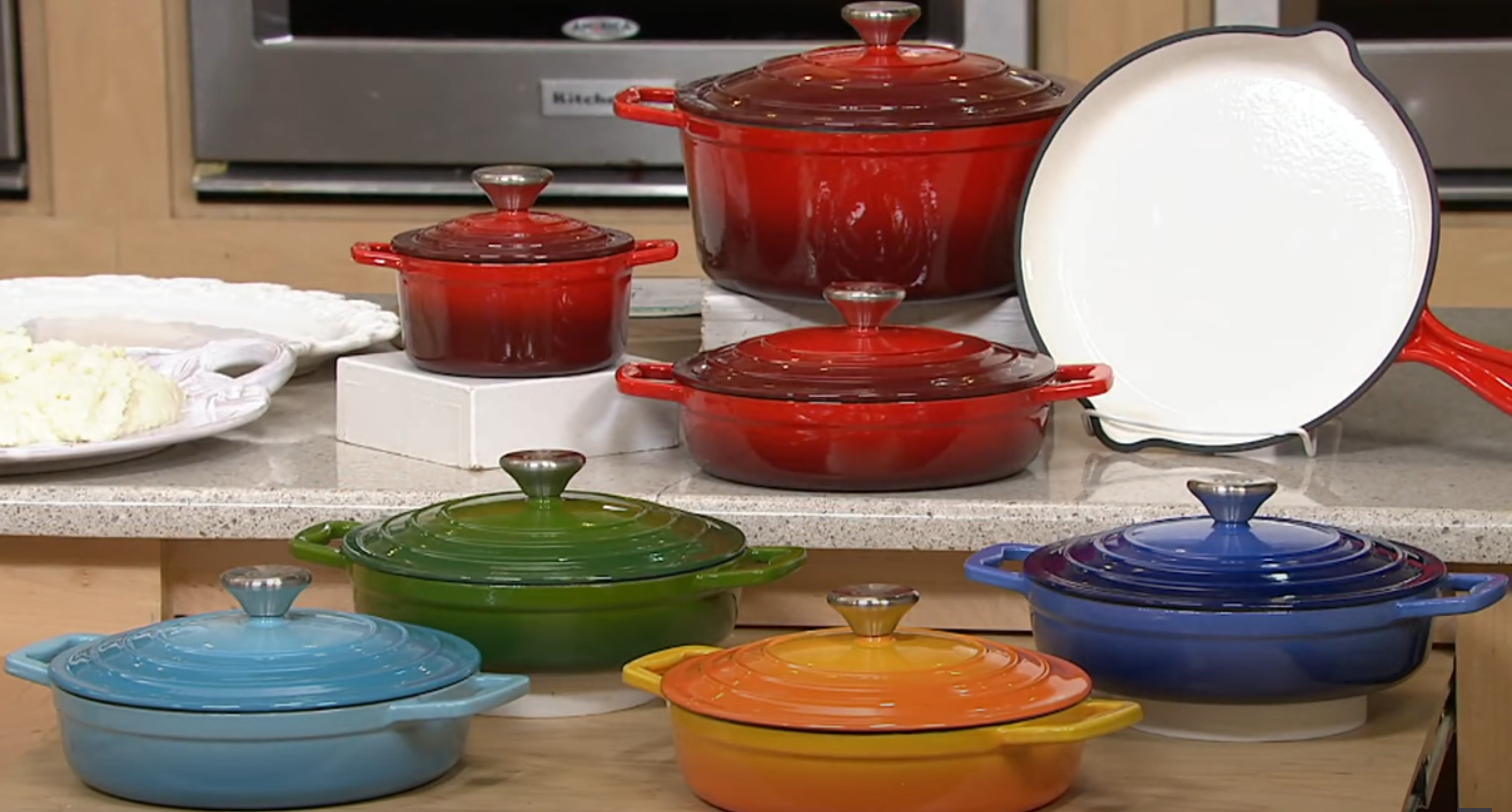
Výhody liatinového riadu
Cast iron's ability to withstand and maintain very high cooking temperatures makes it a common choice for searing or frying, and its excellent heat retention makes it a good option for long-cooking stews or braised dishes.
Because cast-iron skillets can develop a "non-stick" surface when cared for properly, they are excellent for frying potatoes or preparing stir-fries. Some cooks consider cast iron a good choice for egg dishes, while others feel the iron adds an off-flavor to eggs. Other uses of cast-iron pans include baking, for instance for making cornbread, cobblers and cakes.
Many recipes call for the use of a cast-iron skillet or pot, especially so that the dish can be initially seared or fried on the stovetop then transferred into the oven, pan and all, to finish baking. Likewise, cast-iron skillets can double as baking dishes. This differs from many other cooking pots, which have varying components that may be damaged by the excessive temperatures of 400 °F (204 °C) or more.
-
Product introduction of Changan Cast Iron Co., LTD
SprávyJan.24,2024
-
The Impact of the Leidenfrost Effect on Non-Stick Properties of Cast Iron Titanium Coated Cookware
SprávyJan.24,2024
-
Skúmanie kulinárskeho predelu – liatinové kastróly vs. bežné hrnce
Správy3. januára 2024
-
Baliaca dielňa preusporiadaná s policami a 3D úložiskom pre tovar
Správy29. decembra 2023
-
Čistenie použitého liatinového smaltovaného hrnca možno efektívne vykonať pomocou nasledujúcich krokov:
Správy27. decembra 2023
-
Metalografická štruktúra pre smalt na liatine
Správy27. decembra 2023
